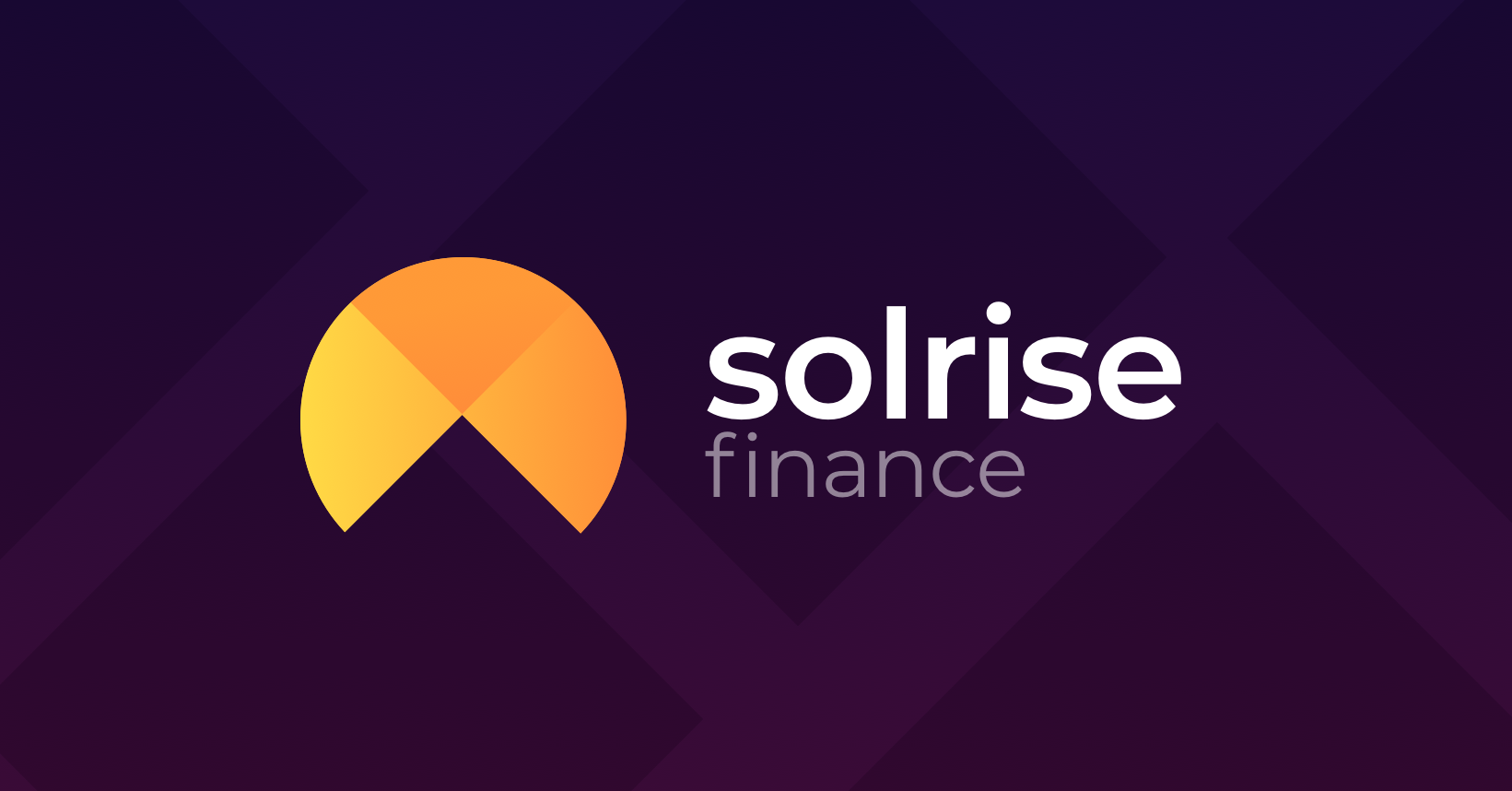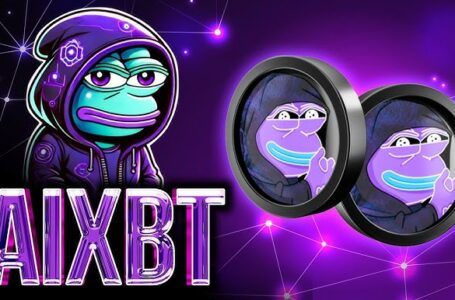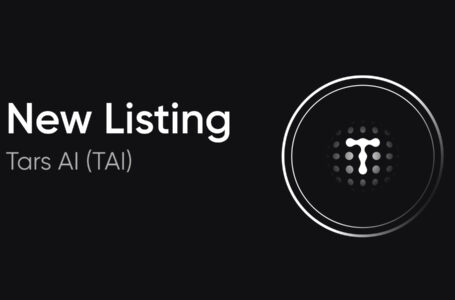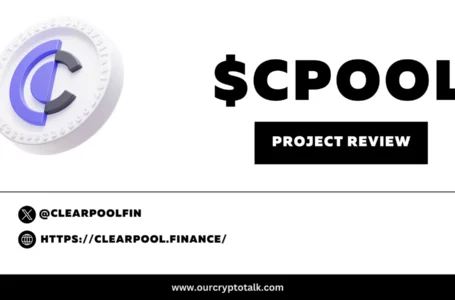
Solrise Finance (SLRS) is a Solana-based protocol for decentralised, non-custodial asset management. Solrise allows anyone to create, manage and invest in a managed portfolio of native and synthetic assets with as little as $20. The project decided to build on the Solana blockchain due its speed, security, reliability, DeFi friendliness and exceptional scalability features.
The initial concept for Solrise can be viewed as a direct response to the frustrations caused by Robinhood’s centralised decision to halt all trading of GME stock. This consequently led the Solrise team to the realisation that there was no effective way for retail investors to deploy small amounts of capital on Ethereum-based asset management protocols due to high gas fees. Therefore, Solrise is building a protocol for creating and running decentralised, trust-minimised investment funds on the more efficient Solana blockchain.
Solrise Finance (SLRS) Use Cases
Users will be able to compare different investment funds offered by third party managers on Solrise based on understandable, transparent and objective metrics and find the ones that best suit their risk tolerance and appetite. They can then choose the fund that focuses on their preferred asset class and market environment, be it NFTs, aggregated token portfolios or synthetic assets, for instance.
Every Solrise fund will have specific characteristics and will present users with a variety of investment strategies. These funds will furthermore encapsulate a diverse selection of assets including:
- A risk-minimised index tracking blue chip crypto assets and stablecoins.
- A liquidity pool fund to provide liquidity across different protocols.
- An NFT fund focusing on shares of one or more fractionalised NFTs.
- A growth fund focusing on early, medium and long-term investments into undervalued crypto assets.
- A macroeconomic fund looking to invest in commodities and foreign exchange (FX) through synthetic assets.
- A fund investing in highly speculative assets, for those looking for higher risk and higher reward.
How Solrise Finance (SLRS) Works?
The Solrise protocol allows anyone to create an investment fund and act as Manager of said fund. Solrise funds hold a pool of different assets and support any SPL token existing on the Solana blockchain. The protocol moreover supports native and wrapped assets, but will be soon expanding in order to include more generalised asset classes.
The advantages that come with implementing this system and investing in an active crypto fund managed by an experienced third party on Solrise are indeed clear. However, while this system is appealing, users should exercise due diligence and token research regardless of the fund’s performance.
The Solrise protocol currently permits a single Manager key to perform trades with integrated platforms on behalf of fund investors without the need to exit the fund itself. In the future, Solrise also plans to add pluggable governance models which will involve fund investors in the selection of whitelisted assets for their preferred funds.
Built On Solana
Compared to existing decentralised fund models operating on the Ethereum blockchain, Solrise reduces the cost of basic operations from hundreds of dollars to cents at most, alongside exceptionally faster trading speeds. In fact, the Solana blockchain offers unparalleled low latency and transaction fees, which helps protocols building on top of it to achieve more substantial levels of decentralisation.
In essence, creating a democratic DeFi fund platform entails keeping transaction fees as low as possible which, as most crypto users will know, is no easy feat. While Ethereum and its massive ecosystem are clearly here to stay, its blockchain infrastructure in the current state is in no way suitable for a fund platform like Solrise.
This is because creating a Solrise-style fund on the Ethereum network entails an initial fee of approximately $500 in gas due to storage costs, alongside a $250 fee for investor entry and even higher fees for investor exit. In this scenario, fund managers would basically find themselves paying at $150 every time they wished to rearrange their portfolio of assets, which is of course unsustainable. Thus, Solrise decided to build on the more efficient Solana blockchain.
Launching Solrise Funds
Solrise funds operate in a manner similar to hedge funds in traditional markets, with each fund representing a pool of tokenised assets managed by third party fund managers and their respective teams. Fund managers can perform asset swaps via AMM pools, execute trades, stake and unstake tokens in protocols, do yield farming, and perform similar investment actions on the underlying integrated DeFi protocols. In addition, its non-custody protocol features mean that fund managers never gain direct access to assets in the fund.
Fund managers will have the ability to set a combination of different fee structures on Solrise funds, including but not limited to:
- Performance Fees, based on high-water-mark performance against a benchmark.
- Management Fees, based on the averaged value of assets over a specific period.
- Exit Fees, based on the percentage of the exit value by the user.
- Entrance Fees, based on the percentage of entry value by the user.
Solrise Team
Besides being backed by top-notch crypto VCs, Solrise can count on some well-experienced co-founders, lead developers, architects and product designers to help it achieve the long-term success that it aspires to. Solrise was founded by Vidor Gencel, a Computer Science Ph.D. candidate actively doing research and development in the blockchain space with a focus on Ethereum, Tendermint and Hyperledger.
Vidor has been involved in software development since a young age and has participated in the development of different software solutions for microprocessors, core banking, the web, chatbots, and real money-handling equipment. As CEO of Solrise, Vidor strives to leverage his experience and skill set to continue developing Solrise’s infrastructure and will work towards making the Solana-based platform the go-to solution for on-chain asset management.
Conclusion
Solrise proposes an alternative investment paradigm that seeks to disrupt the bottlenecks typical of traditional financial systems and empower individuals through blockchain and, more specifically, the Solana blockchain. Solrise strategically taps into a specific segment of the DeFi space that is yet to reach its full potential and, in doing so, it ignites a new exciting frontier in the digital asset ecosystem.



















